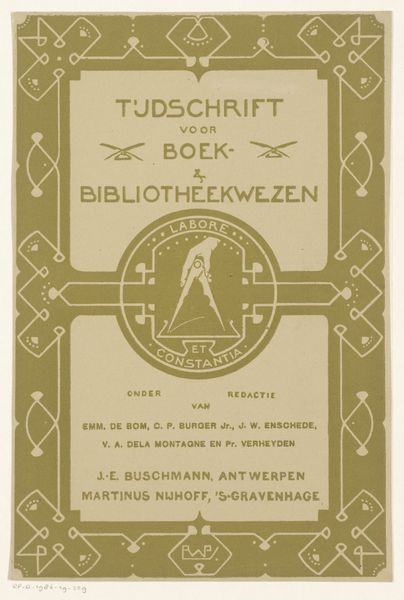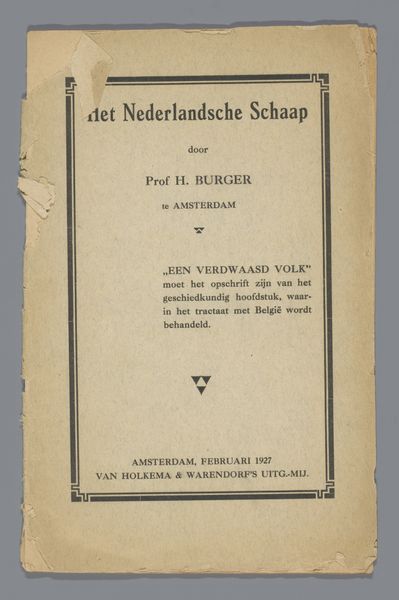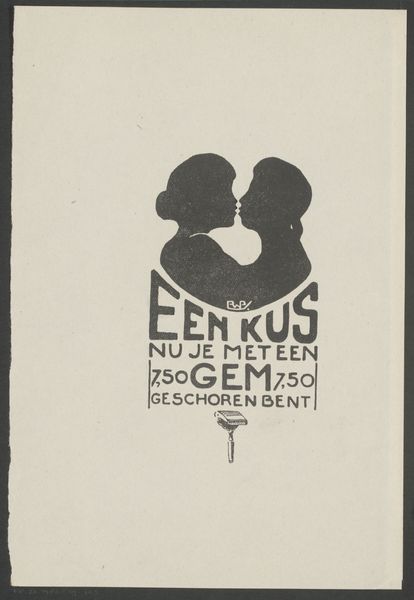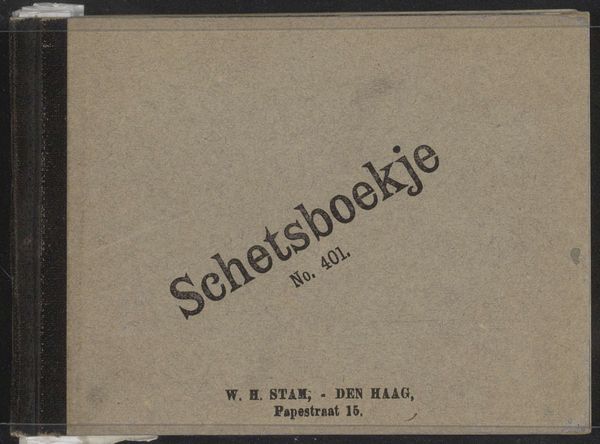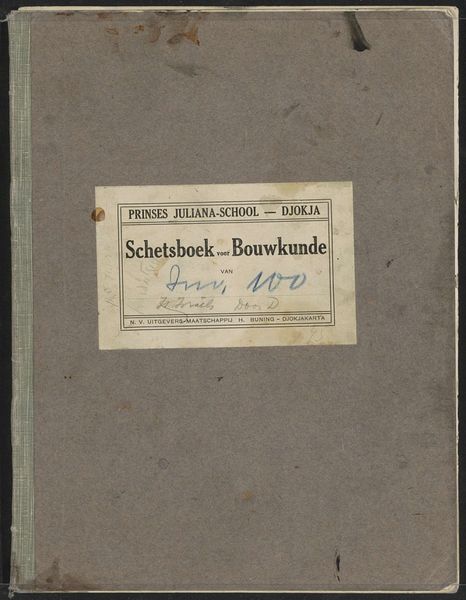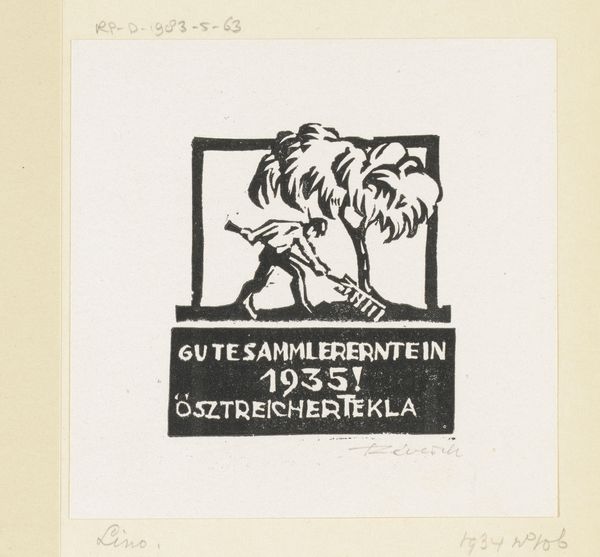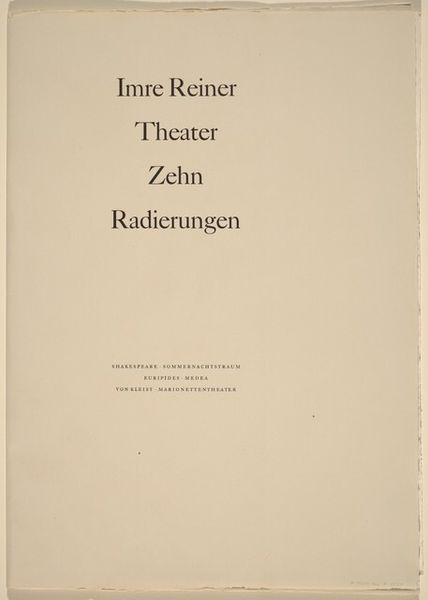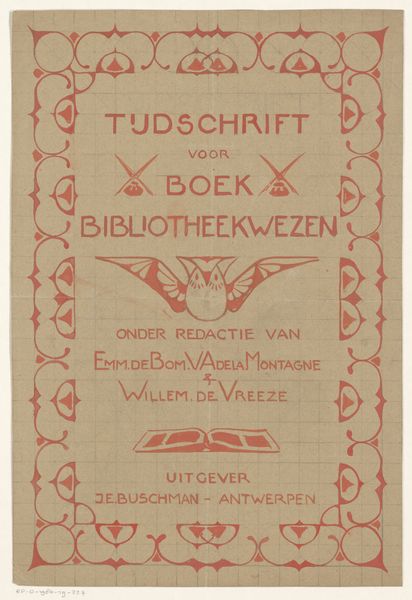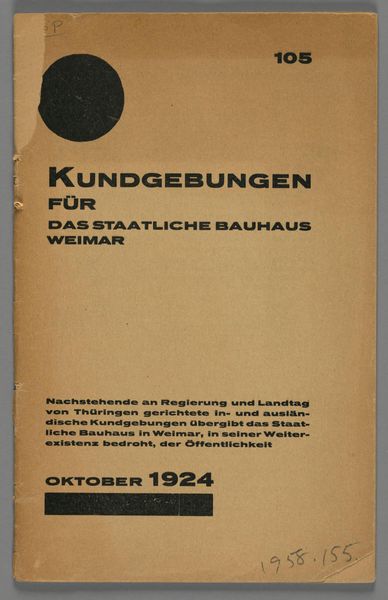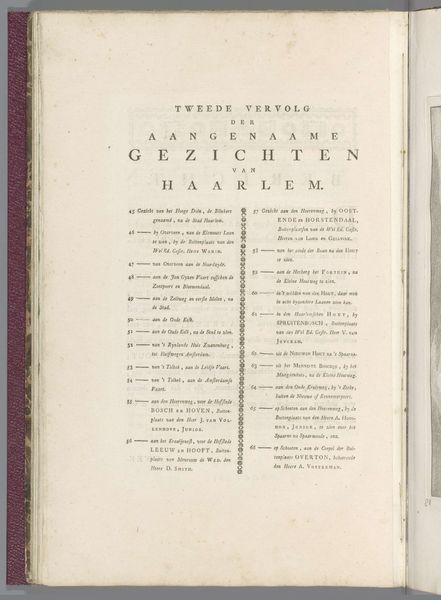
graphic-art, print, photography
#
graphic-art
#
still-life-photography
# print
#
photography
#
modernism
Dimensions: image: 11.9 x 16.3 cm (4 11/16 x 6 7/16 in.) sheet: 25 x 20 cm (9 13/16 x 7 7/8 in.)
Copyright: National Gallery of Art: CC0 1.0
Curator: Let’s consider this compelling image by Robert Frank, “What to Give? A Good Book,” circa 1942. It seems deceptively simple, but holds surprising depth. Editor: I agree! There's almost something unsettling in the directness of it, a stack of books and this almost…ghostly figure on the table. How would you interpret this work? Curator: Well, this photograph exists at the intersection of art, commerce, and cultural values during a tumultuous period. Considering the historical backdrop, namely the Second World War, the phrase “Ein gutes Buch” – a good book – operates almost as a subtle act of resistance against the censorship and destruction of literature by the Nazi regime. What are your thoughts? Editor: So, the suggestion to give a book becomes an inherently political statement. I never considered the political aspect of art that promotes books and readership in difficult times. Curator: Precisely! Even the stylistic choices – the sharp contrast, the slightly off-kilter composition – these weren’t just aesthetic decisions; they subtly disrupt the idealized imagery favored by propagandists. It also challenges notions about who has access to information and knowledge and what kind of voice art provides. Editor: It's almost like the photograph whispers a question of empowerment through literature at a time when those freedoms were curtailed. I didn't perceive that on my first look! Curator: Exactly. Understanding context is everything; it changes the reading entirely. And how does this understanding of historical context inform your broader ideas regarding how art can and does influence public dialogue? Editor: Thinking about "What to Give? A Good Book," I will never again passively interpret similar artwork without first trying to recognize historical context as a deliberate inclusion by the artist. Curator: Hopefully this illuminates how deeply entwined art is with our culture and political landscapes.
Comments
No comments
Be the first to comment and join the conversation on the ultimate creative platform.
